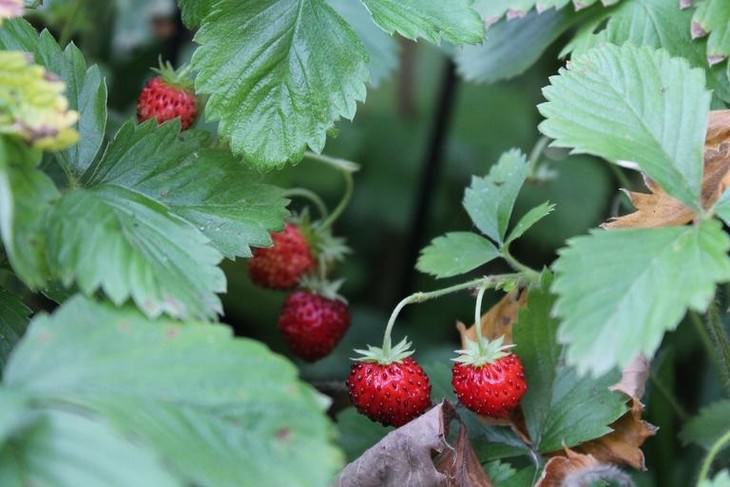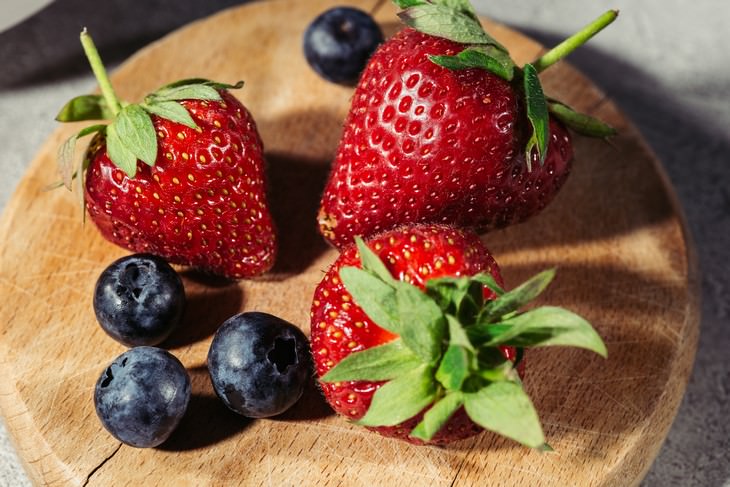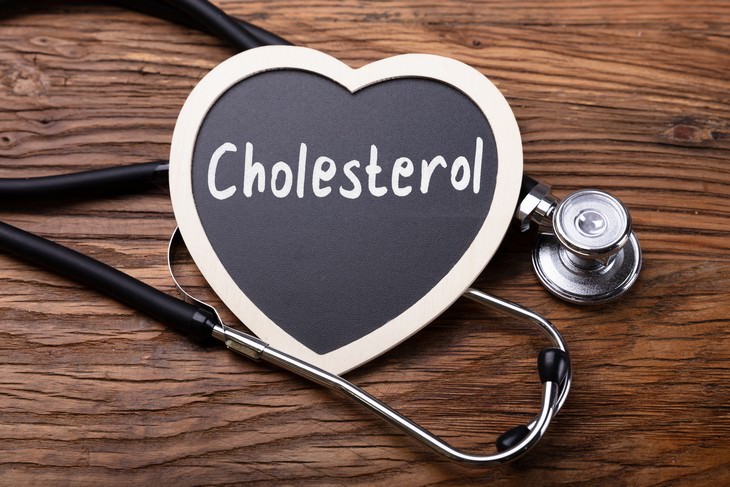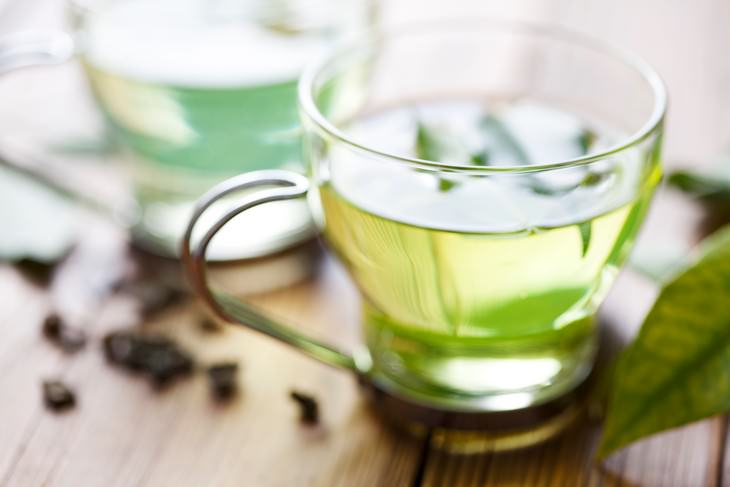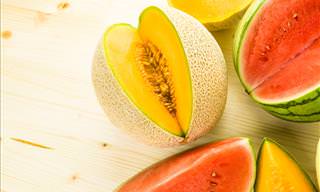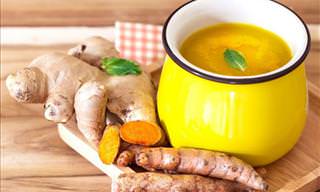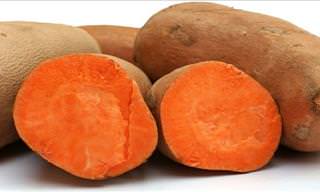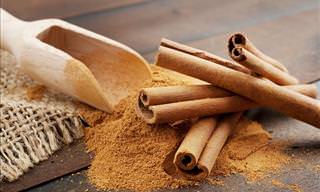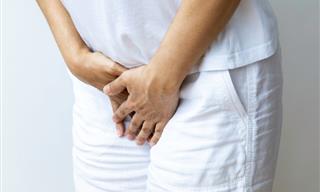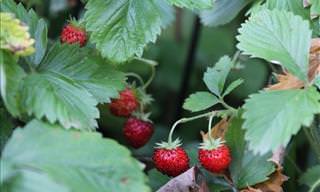Although the leaves have a slightly fruity flavor, many people can find them bad-tasting. But this doesn’t mean you can’t enjoy them - rather than eating them raw, strawberry leaves can be incorporated into salads, smoothies, and probably the most common way to consume them is by making them into a tea infusion (you can find a recipe at the bottom of the page). Let's take a look at the benefits that make trying strawberry leaves worthwhile.
1. Promote healthy digestion
Strawberry leaves contain compounds called tannins. Tannins are biomolecules that reduce the acidity caused by the food we consume. Excess acid in the gut can lead to problems such as bloating, gas, and cramps. The tannins present in the strawberry leaves can help prevent those issues by regulating gut acidity levels. The most effective way of extracting the tannins from the leaves is by consuming them in the form of tea.
2. May treat arthritis symptoms
Another key benefit of strawberry leaf tea is its diuretic property, which means they stimulate urination. This is thanks to an acid called diuretic caffeic acid which the leaves contain. Those who suffer from arthritis symptoms would know that excess water in the joints can be harmful and cause swelling and stiffness.
Diuretic caffeic acid plays an important role in removing water from the joints, which reduces inflammation in both the joints and bones and alleviates pain caused by it. If you suffer from arthritis, strawberry leaf tea can be an easy and natural way to ease your discomfort.
3. Rich source of antioxidants
Wild strawberry leaf tea may be a great option for those who want to keep their antioxidant levels topped up and are looking for a caffeine-free alternative to green tea or black tea. A study published in the Czech Journal of Food Sciences assessed the antioxidant activity of 17 different medicinal herbs and berries and found that the water extract of strawberry leaves have the highest ORAC value (a measure of the antioxidant capacity of different foods).
Nutritionists point out that the ORAC value decreases as the leaves get older, so you want your berry leaves as fresh as possible.
4. Reduce cholesterol levels
Strawberry leaf is known to be high in iron, which is essential to the formation of red blood cells and hemoglobin. Not only do they aid in rejuvenating the blood, but strawberry leaves can also promote overall cardiovascular health. As mentioned earlier, strawberry leaves are extremely high in vitamin C and other antioxidants. By eliminating free radicals in the cardiovascular system, they also reduce LDL (bad cholesterol) levels.
5. May lower blood pressure
Strawberry leaves are known to have natural vasodilatory effects. Vasodilators are substances that help dilate blood vessels. They relax the muscles in the walls of your arteries and veins, preventing the muscles from tightening and the walls of blood vessels from narrowing. As a result, blood flows more easily through your vessels and the heart works less, while effectively pumping more blood.
In terms of potency, the vasodilatory effects of the wild strawberry leaf extract were similar to those of hawthorn extracts in a study published in the journal Phytomedicine. Hawthorn leaves were widely studied for these very properties, which is why the researchers chose them as the reference for the study.
6. May have anti-cancer properties
While more research is needed, some studies linked the strawberry plant to lower rates of cancer. You may have already heard of ellagic acid, a compound that has been shown to neutralize cancer-causing substances, boost the immune system, and induce self-destruction of cancerous cells. Wild strawberries, raspberries, blackberries, pomegranates, and cranberries are famous food sources for ellagic acid, and it turns out that some edible leaves, like strawberry leaves, also contain this powerful anti-cancerous compound.
How to Make Your Strawberry Leaf Tea
Important warnings if you harvest your own leaves: strawberry leaves experience a toxic chemical change while drying that makes them poisonous when partially dry or wilted. This is not lethal but will cause uncomfortable nausea and vomiting. The leaf is safe when completely dried or freshly picked, but not in the in-between stages.
Also, make sure the leaves you use do not have any blight or spots which can indicate a pernicious form of mold or fungus. To stay on the safe side, use only immaculate leaves.
Preparation:
1. Drop a handful of fresh or dried leaves into a warmed teapot and pour boiling water over to fill.
2. Steep for about five minutes.
3. Sweeten with a dash of honey.
4. Always take good care not to crush the dried herb as the flavor is much finer from the intact leaf.
*In the summer you may serve the tea cold, over some ice cubes and a mint leaf.
If you found this article useful, please share it with friends and family
 Go to BabaMail
Go to BabaMail


